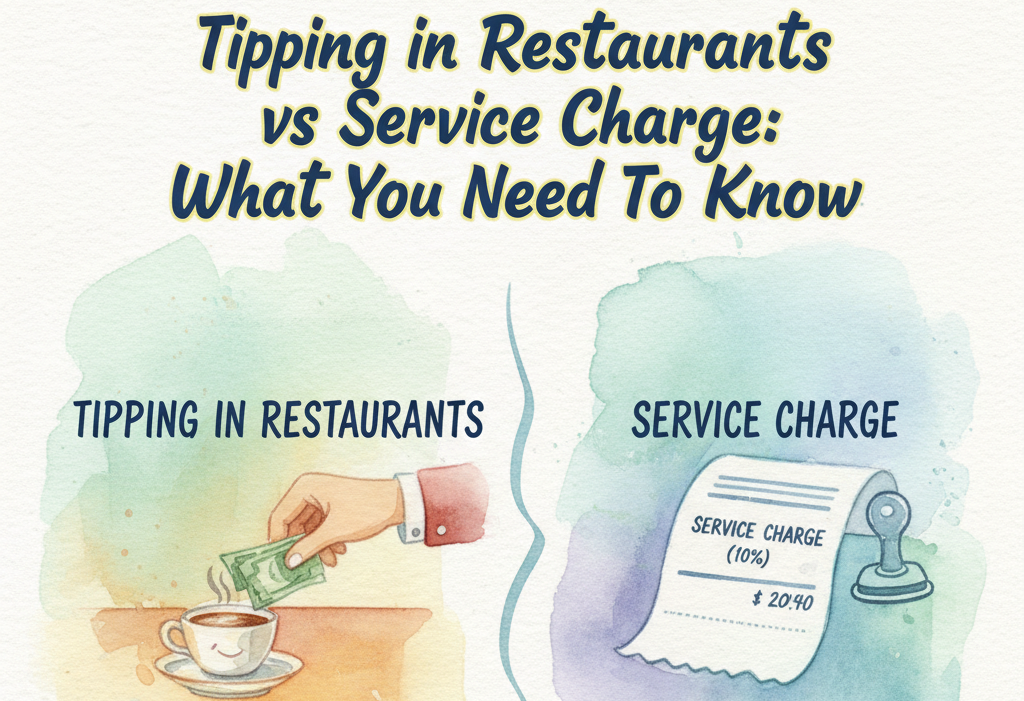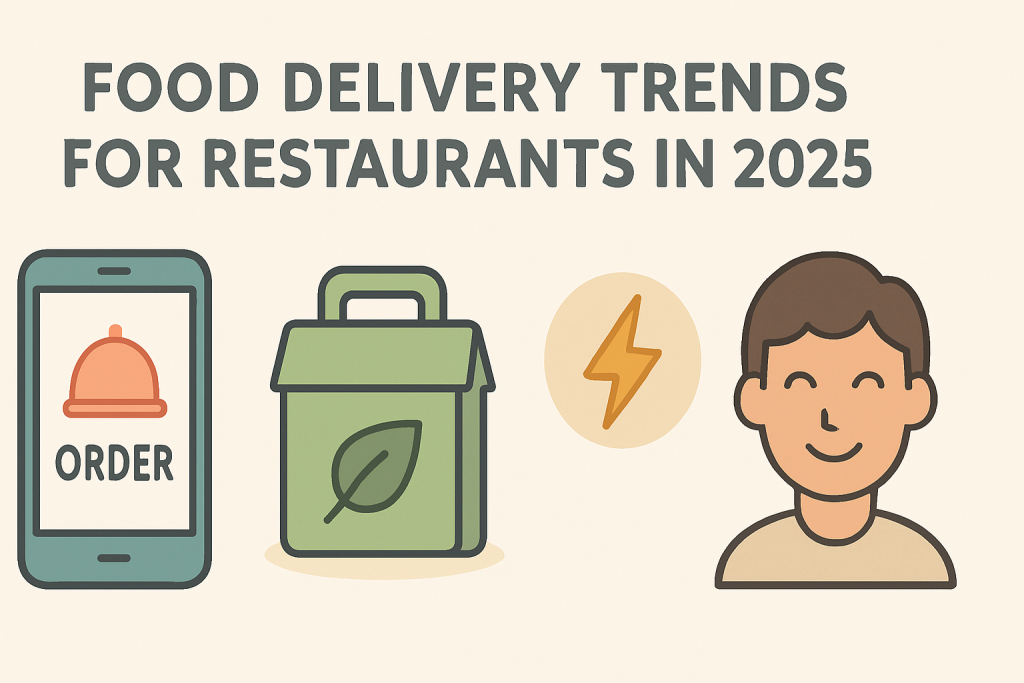As a restaurateur, managing labour costs can be one of the most challenging tasks you face. Not only are you responsible for staying on top of the latest industry trends and regulations, but you also need to ensure that your labour costs are optimised to maximise profits. By understanding the different strategies and tools available to you, you can make smarter decisions about your labour costs and increase your profitability. In this article, we’ll look at some of the best strategies for optimising labour costs, such as utilising technology, implementing cost-saving measures, and understanding the legal requirements. We’ll also look at some of the most effective tools available to help you manage your labour costs. By understanding these strategies and tools, you can make better decisions and increase your profits.
Strategies for Optimising Labour Costs
#1: Automation
Automation is an important tool for restaurateurs looking to optimise their labour costs. Automation can help reduce the amount of time spent completing tasks in the restaurant, freeing up staff for more customer focused roles. Automation can also help to improve accuracy and efficiency, reducing mistakes and labour costs. For example, automating the ordering process can help streamline the process, reducing the amount of time spent taking orders, as well as reducing the chance of errors. Automation can also be used to improve the customer experience, with online ordering and payment systems allowing customers to complete their orders quickly and conveniently. By setting up automation processes, restaurateurs can not only save time and money, but also improve the customer experience.
#2: Cross-training
Cross-training is a key part of any restaurant’s labour cost optimisation strategy. By cross-training staff across different roles, restaurants can be more flexible with their staffing and reduce the number of employees they need to hire. For example, if a waiter is also trained in bar-tending, they can be assigned to both roles when needed, thus reducing the need to hire a separate bar-tender. This approach can also be used for other roles in the restaurant, such as cooks, dishwashers, and cleaners. Another benefit of cross-training is that it can lead to increased job satisfaction for employees. By having the opportunity to develop their skills and take on different roles, employees are more likely to remain in the role for longer and become more engaged in the business. This can save the restaurant money in the long run, as staff turnover is often a significant source of labour costs.
#3: Scheduling
Scheduling is an important part of managing labour costs in a restaurant. Scheduling staff correctly ensures that the right number of employees are working at the right times, reducing the chances of over or under staffing. When creating a staff schedule, it is important to factor in the number of customers expected and the tasks that need to be completed during the shift. Make sure to consider peak times throughout the day and adjust the staff accordingly. It is also important to consider the number of employees needed for the various roles in the restaurant such as servers, cooks and dishwashers.
In addition to scheduling the right amount of staff, it is also important to consider how the shifts are organised. Divide the shifts into smaller segments if needed, and encourage employees to work in teams for maximum efficiency. This will help ensure that the restaurant runs smoothly and that labour costs are kept to a minimum. Lastly, ensure that employees receive their schedules in advance so that they can plan accordingly and that any changes to the schedule are communicated in a timely manner. By following these tips, smart restaurateurs can effectively manage their labour costs and ensure their restaurant runs as efficiently as possible.
Conclusion
In conclusion, optimising your labour costs as a smart restaurateur is an essential part of running a successful business. By understanding the importance of labour costs, implementing cost-saving strategies and staying on top of industry trends, you can ensure you have efficient and productive teams that support your overall business objectives. Taking time to analyse and understand the different labour costs associated with running a restaurant will help you create a cost-effective and sustainable strategy that will enable you to grow your business. With the right approach, you can ensure that your labour costs remain manageable and help your restaurant to remain profitable.



